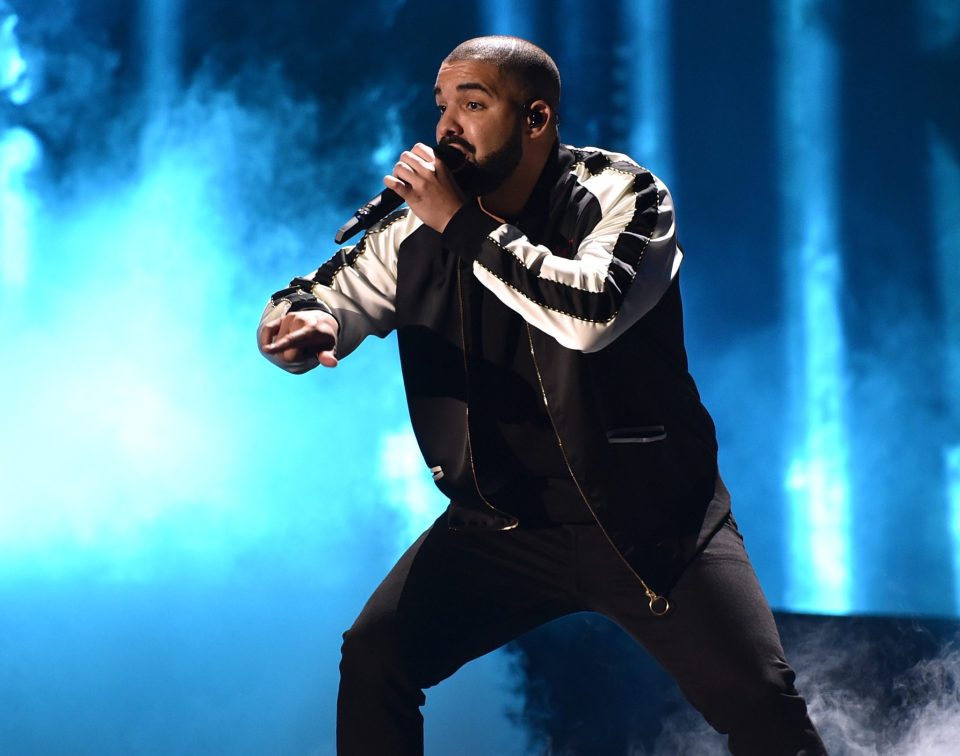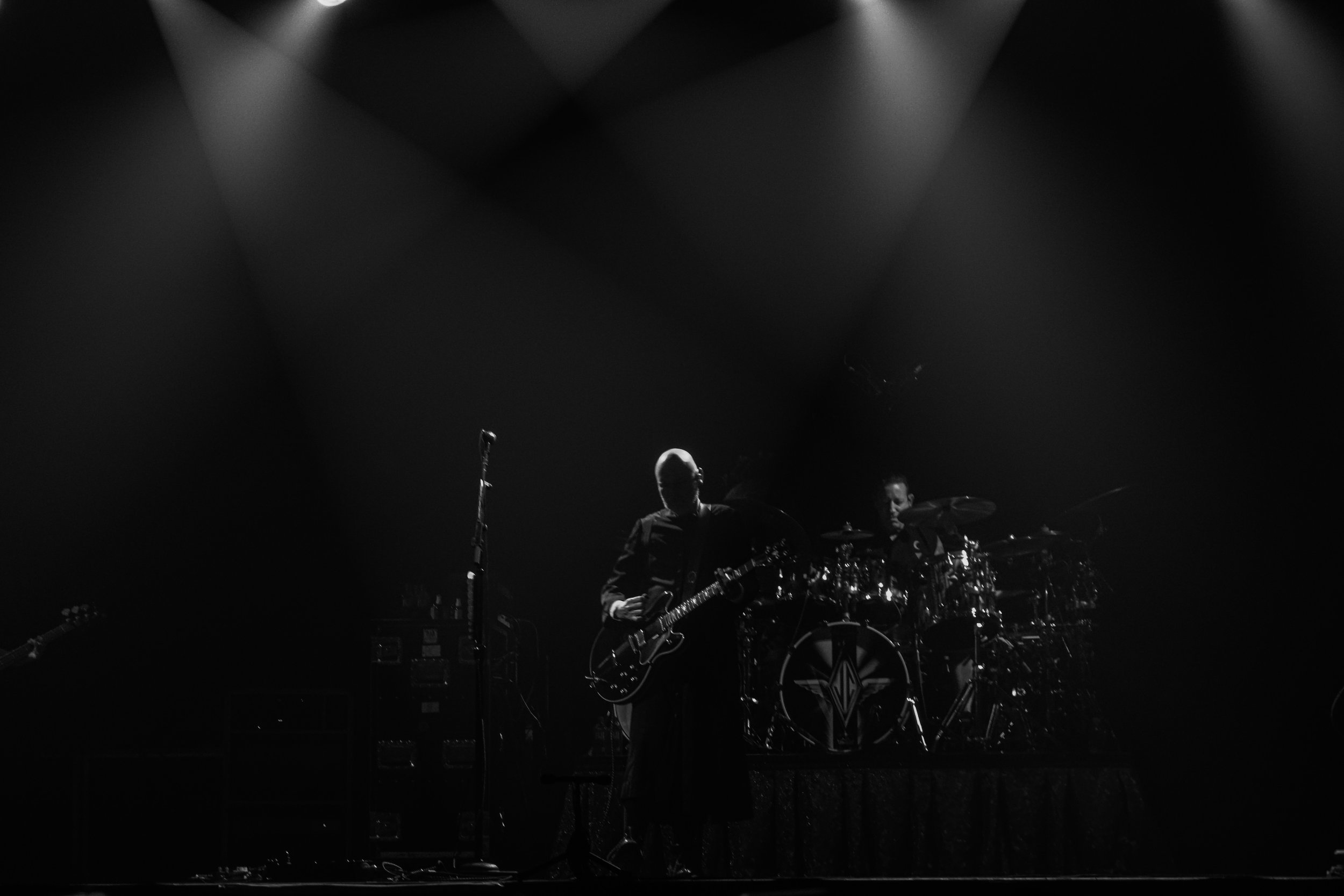Artistic Integrity and Commercial Success | Part 2
/This is a follow-up to my last post about Drake, Travis Scott, and artistic integrity.
A Mixed Bag
We now find ourselves in the summer of 2017. Almost a year removed from both Drake’s Views and Travis Scott’s Birds in the Trap Sing McKnight. I’ve personally had enough time to fully digest each release, and more importantly to this conversation, I’m beginning to see how these two albums will sit in their respective artist’s discographies. We have just enough distance to see how these two have changed and where they’re heading next.
At the time of writing, Drake has already released a follow-up to Views in the form of a “playlist” titled More Life. Meanwhile, Travis Scott has released a slew of features, loosies, leaks, and other things that sound like a euphemism for shitting your pants. Since Trav’s position is a little more complex (and part of his inevitable multi-month-long lead up to his next album), I’ll start this by diving into Drake and his year since Views.
Personal Views
My primary complaint with Views was that it was just okay. If You’re Reading This made me a fan of Drake the year before, and I was disappointed that his next proper follow-up was so unsatisfying. I liked what Views was going for: a musical journey through the seasons in Toronto… but the album didn’t quite stick the landing. All that concept ended up meaning was that there were three types of songs on the album: R&B, hip-hop, and dancehall.
One of the reasons Drake works so well as an artist is because he walks the line between singer and rapper like no one else. Adding dancehall into the equation threw him off his own game. If You’re Reading This was almost entirely rap (which made it an easy entry point for me) but his older albums tend to walk a much finer line. On Views you just have individual songs that do one of these things (and don’t do it particularly well). “Redemption” is a classic Drake relationship slow jam. “Hype” is a braggadocious turn-up track. “Controlla” is one of Drake’s first forays into his Caribbean island sound. None of these tracks are too offensive on their own, but as an album, it proves to be a jarring jagged listen rather than a compelling journey.
In addition to this third-wheel genre-hopping love triangle, Views came with some of the corniest lyrics in Drake’s entire career. From Cheesecake Factory namedrops to questionable punchlines, the tiredness of Views has already been covered pretty extensively by the internet at large. If you’d like a good laugh I’d highly recommend checking out Dead End Hip Hop’s discussion of the album (timestamped for maximum enjoyment).
And on top of all this, Views comes in at 81 minutes long, it was loaded with uninspired features, retreads of previous ideas, and Drake even tossed “Hotline Bling” on the end to artificially inflate his numbers. As a result, the whole thing just feels like one big overly-long incongruous jumble of Drake.
More Life, More Everything
In March of 2017, Drake released his next project, a “playlist” titled More Life. Coming in at 22 tracks stretched across 82 minutes, More Life falls victim to some of the same pratfalls as Views, but manages to improve on nearly all fronts.
First off, there’s a discussion to be had here on what the fuck it means to be a “playlist” as opposed to an album. It may just be a cop-out to avoid being criticized in the same way as an album, but perhaps because we have no barometer for it I ended up liking More Life far more than Views.
Viewing it as a playlist actually, lends credence to the different sounds that Drake flirts with. It allows freer experimentation and doesn’t bound the release to any traditional musical box. And I know I just shit on Views for being uneven, but the lack of thematic cohesion actually works in More Life’s favor. It allows Drake to hone his dancehall obsession, experiment with harder beats, dip into grime, and utilize a deeper roster of guest features. In fact, there are some songs on More Life that don’t contain any Drake at all. It’s interesting to pose “no Drake” as a point in favor of a Drake release, but I suppose that’s just another side effect of being a playlist.
Unlike Views, More Life is largely segmented by genre but allows each “sound” to exist compartmentalized in its own little section. The album opens with “Free Smoke” a hard-hitting rap intro which immediately bleeds into “No Long Talk” a UK-influenced club banger. From there the album throws you an immediate curve ball with the dancey “Passionfruit” which officially serves as the introduction to the Dancehall section of the album.
The dancehall stretch of songs peaks with “Blem” easily Drake’s best dancehall track, and one of my new personal favorites. “Blem” leads directly into “4422,” a Sampha solo track that breaks up the Drake monotony, transitions perfectly to a surprise Lil Wayne interlude and then melts into “Gyalchester” one of Drake’s best pump-up songs of all time.
“Gyalchester” is followed by a slew of traditional rap tracks with features from the likes of Travis Scott, Skepta, and Young Thug. From there “Nothings Into Somethings” marks the album’s pivot into the albums R&B section. Finally, the album’s final handful of tracks shuffle through a little bit of each sound in Drake’s repertoire.
All of this leads to the final track in the playlist “Do Not Disturb” a pensive Snoh Aalegra-sampling track that finds Drake reflecting on his life since the release of Views. In one of the songs more telling lines Drake explicitly talks about where he was mentally while making his last album
In addition to name-dropping the title of the album, it’s also tradition for the last Drake song tends to be one of the most reflective on each record. While that usually means self-aggrandizing and reflecting on his own accomplishments, the line above stuck out like a sore thumb to me upon first listen. It shows that a surprising amount of development and growth has happened in the past year, and it’s interesting to see Drake reflect negatively on an album he’d released less than a year ago. It also spoke to people like me (or Drake fans in general) who felt let down by Views.
This line combined with an equally self-aware voicemail from his Mom on “Can’t Have Everything” have completely quelled my fears of another artistically-regressive Drake album. That said, there’s still plenty wrong with Drake. From writer’s camps to being a culture vulture, to losing his soul, there’s still lots to criticize. Separate the art from the artist and all that.
I guess it’s apparent I like More Life quite a bit. The album is as long as Views, but manages to handle everything it does better. From the lack of dumb-smart punchlines to a more varied (but organized) listen, I think releasing a “playlist” freed Drake up to experiment more which is exactly what Views was lacking.
I’m mainly happy that he got out of this apparent rut, and doesn’t seem to be compromising his artistic vision to chase a sound that will make him money. At this point, he’s one of pop’s biggest stars, and people will listen to anything he puts out, so maybe this is all a moot point, but at the very least he’s trying out new things and not chasing money. He’s essentially too big to fail, so when the money chases you there’s really no need to get validation through numbers.
If releasing a playlist frees you up to more artistic experimentation then it’s better for Drake, the listener, and the culture. If breaking out of traditional marketing cycles and release dates gives you more mental energy then go for it. Drake obviously saw Views for what it was: a flawed album. You can criticize Drake for a lot of things, but you have to admit that this level of self-awareness and reflection is pretty rare for someone as big as him. I appreciate the fact that music’s biggest star can still take risks, even when there’s an easier path that already exists.






